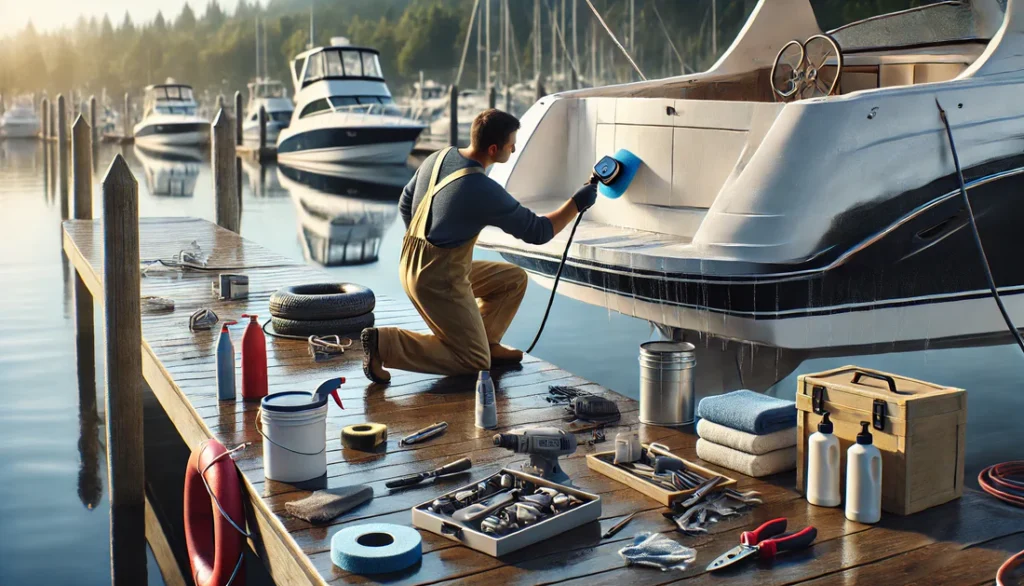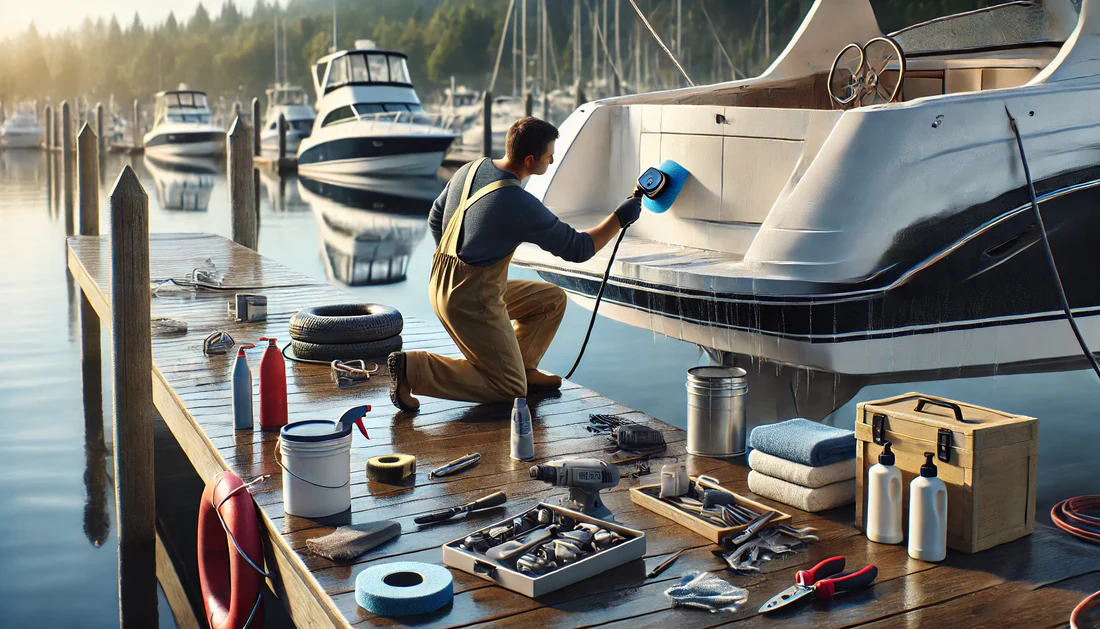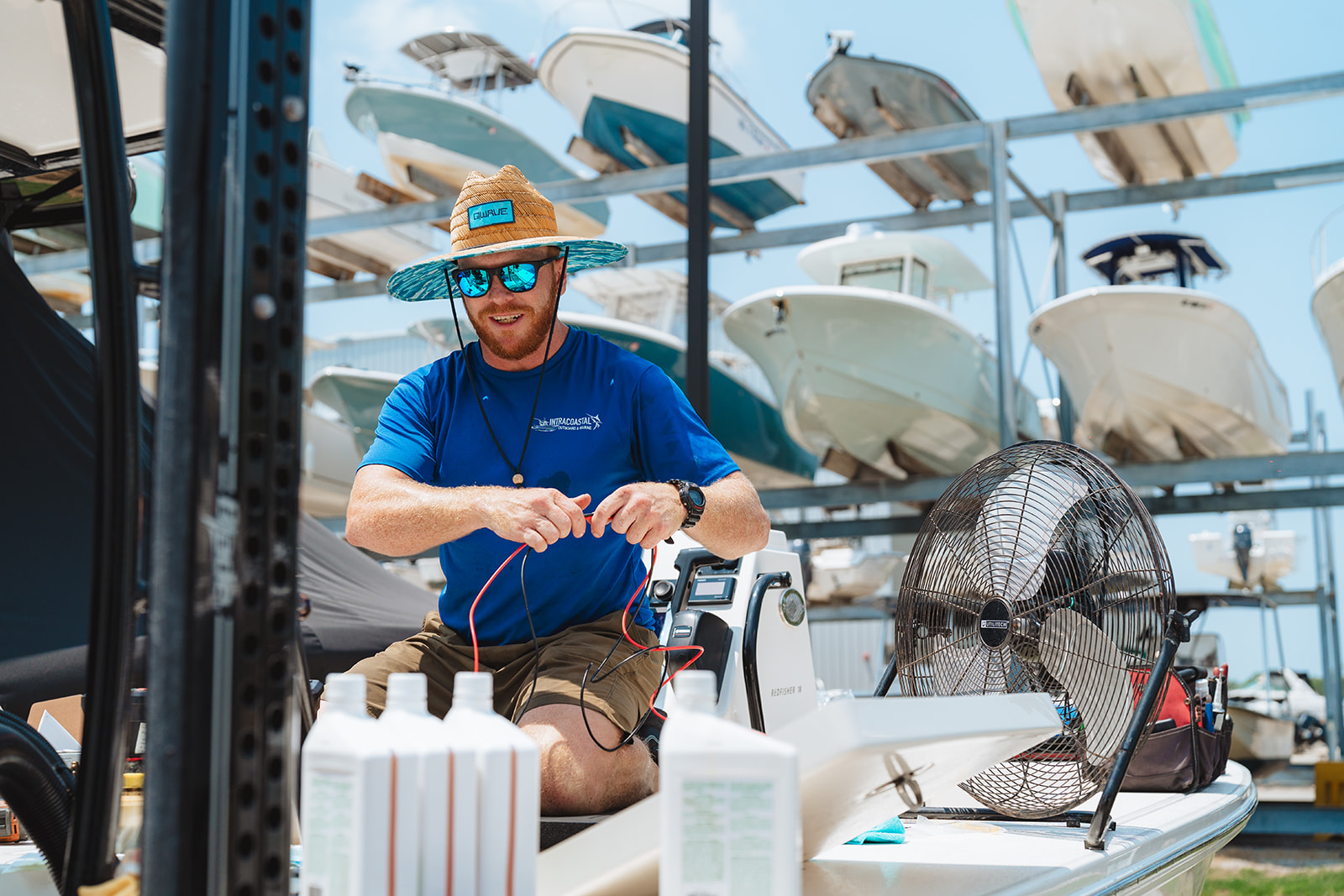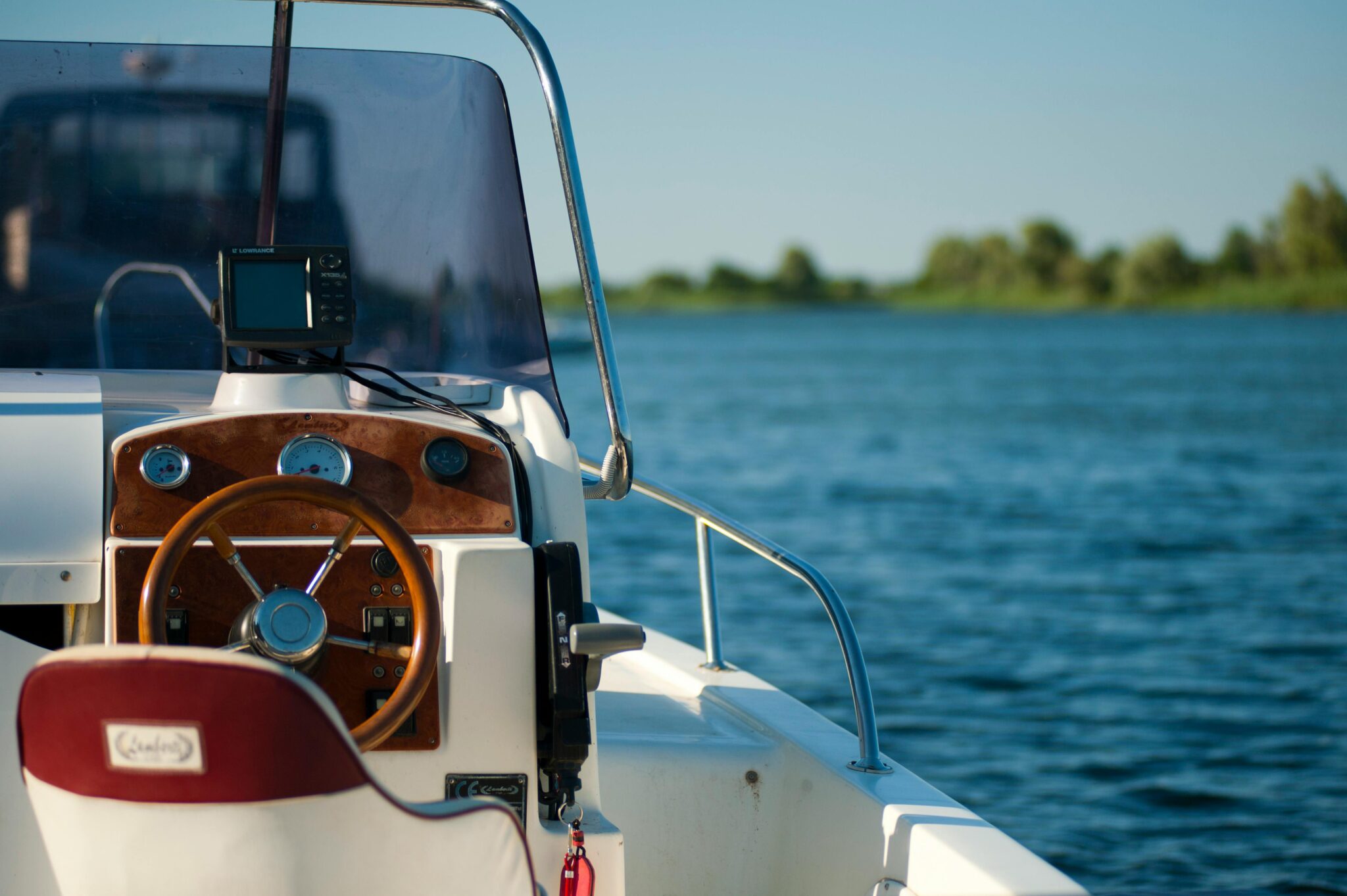Owning a yacht is a symbol of luxury and freedom. However, it also requires commitment to ensure that the vessel remains seaworthy, safe, and visually stunning. Yacht maintenance is a crucial responsibility that protects your investment, keeps systems running efficiently, and enhances the longevity of your vessel. Whether you’re a new owner or a seasoned sailor, here are the essential yacht maintenance tips every owner should know.
Schedule Regular Inspections

Routine inspections help detect issues early before they escalate into costly repairs. Create a maintenance calendar that includes daily, weekly, monthly, and annual checks. Pay particular attention to the hull, engine systems, electrical connections, plumbing, and safety equipment. Professional inspections should be scheduled at least once a year.
Prioritize Engine and Mechanical Systems
The heart of your yacht is its engine. Regular oil changes, filter replacements, coolant checks, and fuel system inspections are critical to prevent breakdowns. Follow the manufacturer’s recommendations and keep a detailed log of maintenance activities. Don’t forget the generator, air conditioning, and other onboard mechanical systems that require routine care.
Protect the Hull and Exterior
Saltwater and UV exposure can damage the hull over time. Regularly wash your yacht with fresh water after every voyage. Apply protective wax and polish to preserve the gel coat. Anti-fouling paint should be reapplied annually to prevent marine growth. Check for cracks, chips, or blisters on the surface and address them promptly.
Maintain the Interior
The inside of your yacht is just as important as the outside. Clean upholstery, carpets, and surfaces regularly. Use marine-approved cleaning products to avoid damage. Inspect and maintain galley appliances, air conditioning, lighting, and entertainment systems. Monitor for moisture or mildew, which can lead to bigger problems if ignored.
Battery and Electrical System Care
Inspect battery terminals for corrosion and ensure they are charged properly. Replace batteries that no longer hold a charge. Electrical systems should be checked for loose connections, corrosion, or frayed wires. Ensure that lights, navigation instruments, and safety equipment are functioning correctly.
Safety Equipment Readiness
Regularly inspect all safety equipment including life jackets, fire extinguishers, flares, EPIRBs, and first aid kits. Replace expired items and make sure they are easily accessible. Conduct regular drills to ensure all passengers and crew are familiar with emergency procedures.
Pay Attention to Plumbing and Water Systems
Your yacht’s plumbing system includes freshwater and wastewater systems, toilets, and bilge pumps. Regularly clean filters, check for leaks, and ensure hoses and seals are in good condition. Use marine-safe chemicals to prevent odors and maintain cleanliness.
Haul-Out Maintenance
Dry-docking your yacht at least once a year is crucial for a thorough hull inspection. This allows you to inspect the propellers, rudders, thrusters, and underwater fittings. It also provides an opportunity to apply new anti-fouling paint and clean areas that are otherwise submerged.
Winterizing and Seasonal Storage
If your yacht won’t be used during certain months, proper winterization is key. Drain all water systems, protect the engine with antifreeze, and remove perishables. Cover the yacht with a breathable cover and store electronics in a dry, temperature-controlled area.
Keep Detailed Records
Maintaining a maintenance log helps track repairs, upgrades, and routine servicing. This documentation is invaluable when troubleshooting issues or preparing for resale. Include dates, service descriptions, part replacements, and technician contacts.
Work With Trusted Professionals
While some maintenance tasks can be done by owners, others require professional expertise. Build a relationship with a trusted marine mechanic, electrician, and detailing service. Their expertise ensures that your yacht remains in top shape and compliant with regulations.
Conclusion
Proper yacht maintenance is more than a chore—it’s a commitment to safety, performance, and long-term enjoyment. By implementing a comprehensive maintenance plan and staying vigilant, you can ensure your yacht provides many years of luxurious and trouble-free adventures at sea.













